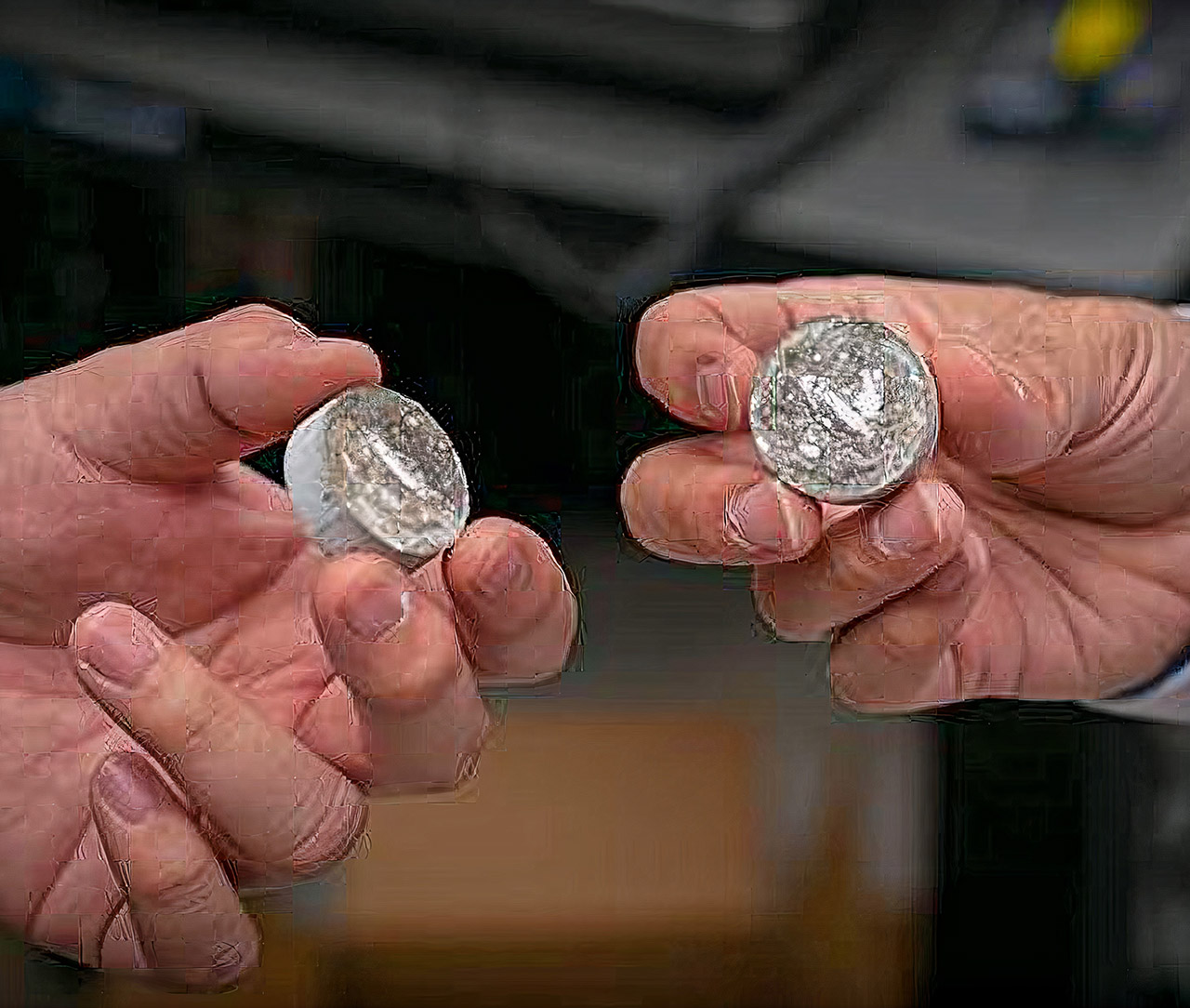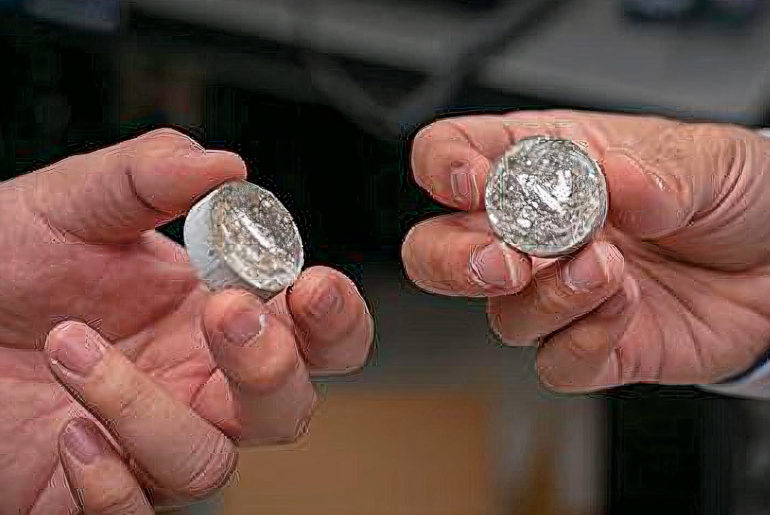
Worcester Polytechnic Institute (WPI) researchers have managed to use an enzyme found in red blood cells to create self-healing concrete that is four times more durable than traditional the standard material, extending the life of these structures by eliminating the need for expensive repairs or replacements. More specifically, it makes use of carbonic anhydrase (CA), an enzyme found in red blood cells that quickly transfers CO2 from the cells to the blood stream.
The CA enzyme is added to the concrete powder before mixing and pouring, acting as a catalyst that causes atmospheric CO2 to create calcium carbonate crystals. The matrix of the latter is similar to that of concrete, so when a small crack forms in the enzymatic concrete, the enzyme inside the concrete combines with CO2 in the air, activating the growth that fills in the crack.
- Self-developed Silent Motherboard: The Ender-3 V2 built-in self-developed silent motherboard, which has stronger anti-interference, faster and more...
- UL Certified Branded Power Supply: Equipped with branded power supply, produced by the listed company with mature technology, meeting all the needs of...
- Effortless Filament Feed-in: Ender-3 V2 adds a rotary knob on the extruder, making loading and feeding filament process much easier; Brand new...
The global use of concrete is ubiquitous. If tiny cracks could automatically be repaired when they first start, they won’t turn into bigger problems that need repair or replacement. It sounds sci-fi, but it’s a real solution to a significant problem in the construction industry,” said Nima Rahbar, associate professor of Civil and Environmental Engineering and lead author of the paper.


